
Pike River restoration: This is what success looks like!
June 14, 2019 | Topics: Stories
By Dave Giordano
Photography by Eddee Daniel
Once a forgotten drainage ditch born out of wetland rills, polluted and Pike-free, this river, now home to “Wisconn Valley”, has new life. In the heart of an impaired and EPA-listed Lake Michigan watershed, the North Branch of the Pike River is now an environmental and economic win-win. Restoration along this seven-mile corridor took more than 15 years to complete at a cost of more than 17 million dollars. The investment is paying off. The genesis of the project was clear, yet humble. The results have been excellent and far-reaching. So much so that the finished work has inspired other municipalities to follow the lead that the Village of Mount Pleasant took more than 20 years ago.

On May 14th of this year, the Lakeshore Natural Resources Partnership, with the help of Root-Pike Watershed Initiative Network and the Alliance for the Great Lakes, toured more than 50 stakeholders into some the restored areas of the North Branch of the Pike River. The goals of the tour were to showcase the newly transformed areas, explain how the process unfolded, and to inspire other environmental leaders along Lake Michigan to take on these types of restoration efforts. Many were amazed at the layers of success. Many more were inspired to piggyback on these successes.
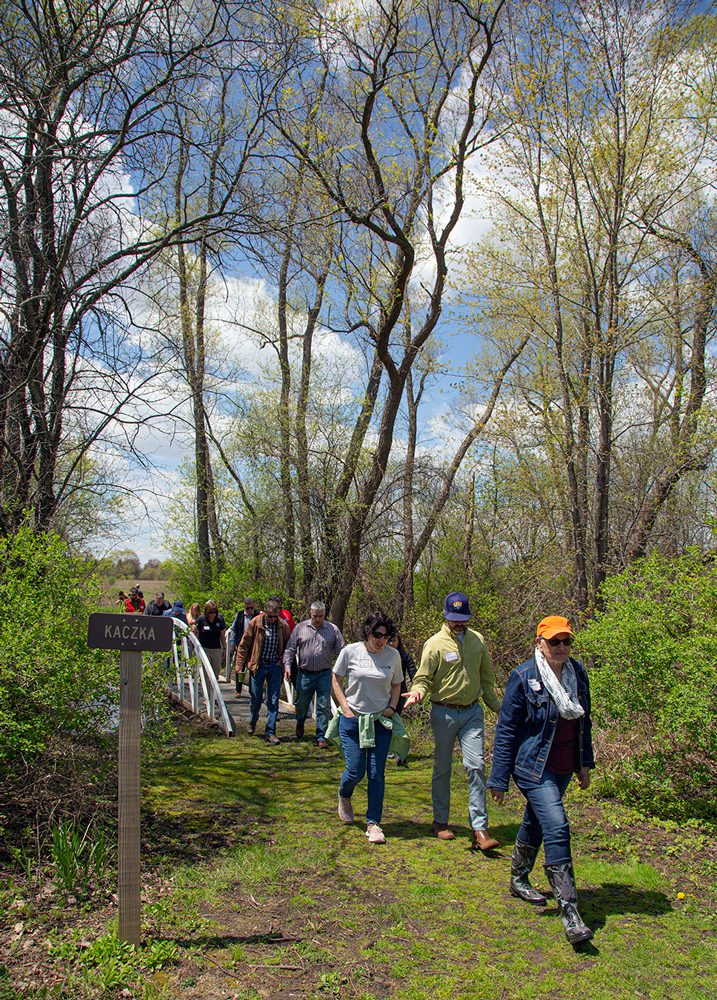
The day began with presentations from leaders involved in the watershed and the restoration projects, including Todd Brennan of the Alliance for the Great Lakes, Sonny Havn of the Village of Mount Pleasant, Dr. Tim Elhinger of UW-Milwaukee and Alice Thompson of Thompson & Associates, Craig Helker of the DNR and myself.
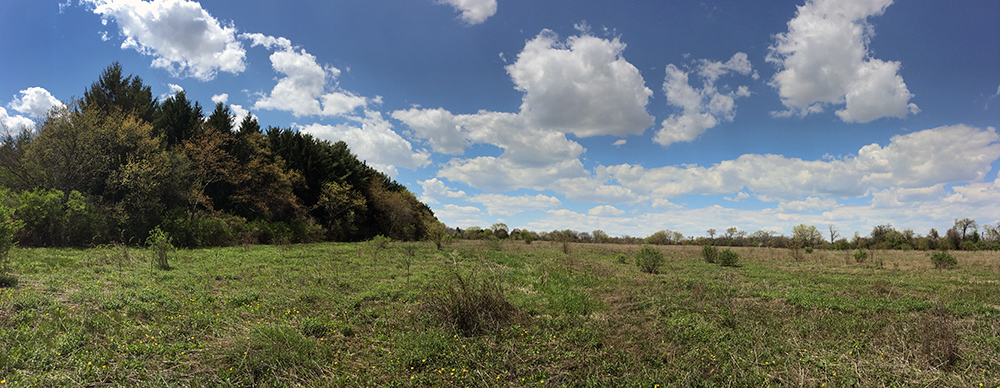
In the afternoon we proceeded to tour the mosaic of projects. Our first stop was at Smolenski Park, which is at the headwaters of the North Branch. There, Root-Pike WIN and Mount Pleasant are restoring 15-acres of fallow farm land into native prairie. The project will reduce sheet runoff and associated pollutants.
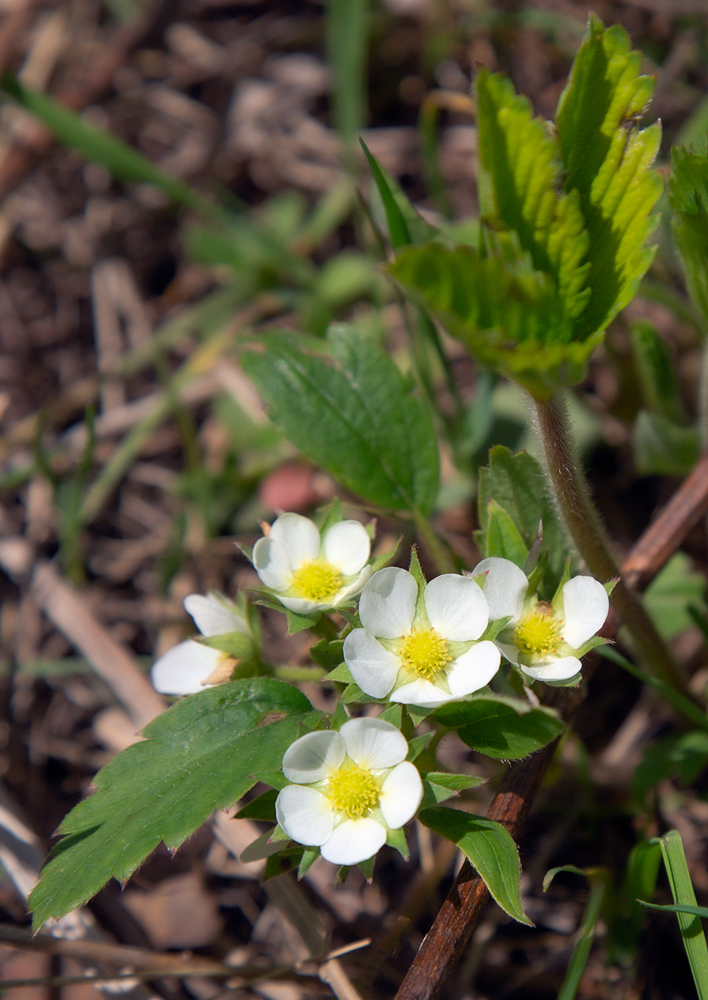
Phase One

After Smolenski Park we visited Phase One of the North Branch Restoration Project. Extensive new flood control features have been created to meld with rich habitats and easily accessible trails that surround the restored river. The vista unfolded: Fish jumped. Red-winged blackbirds darted. Cup plants reached for the sun. This is what success looks like!
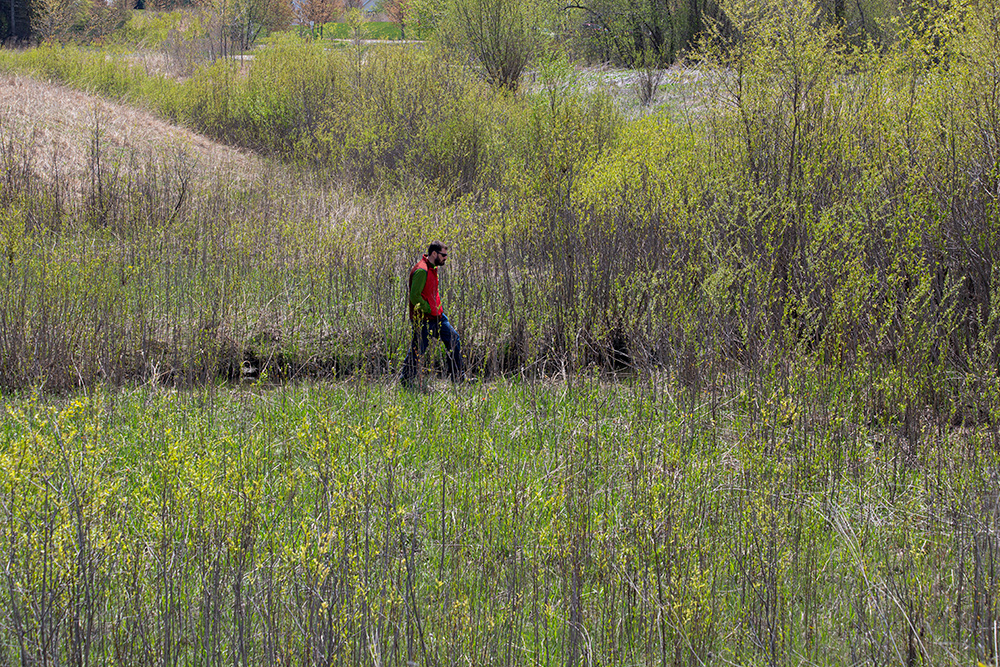
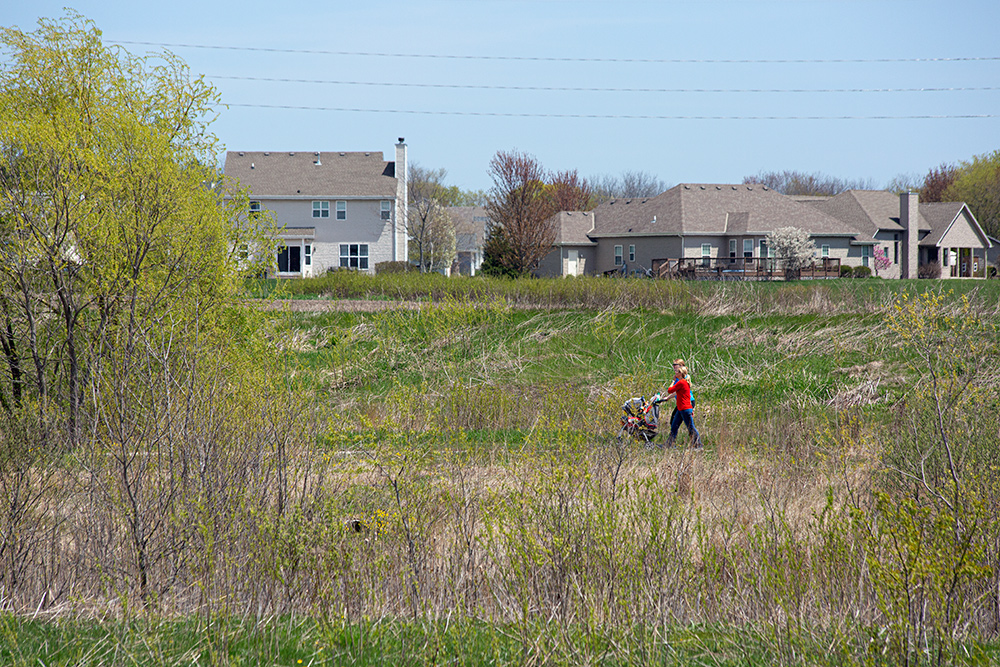
Phase Four
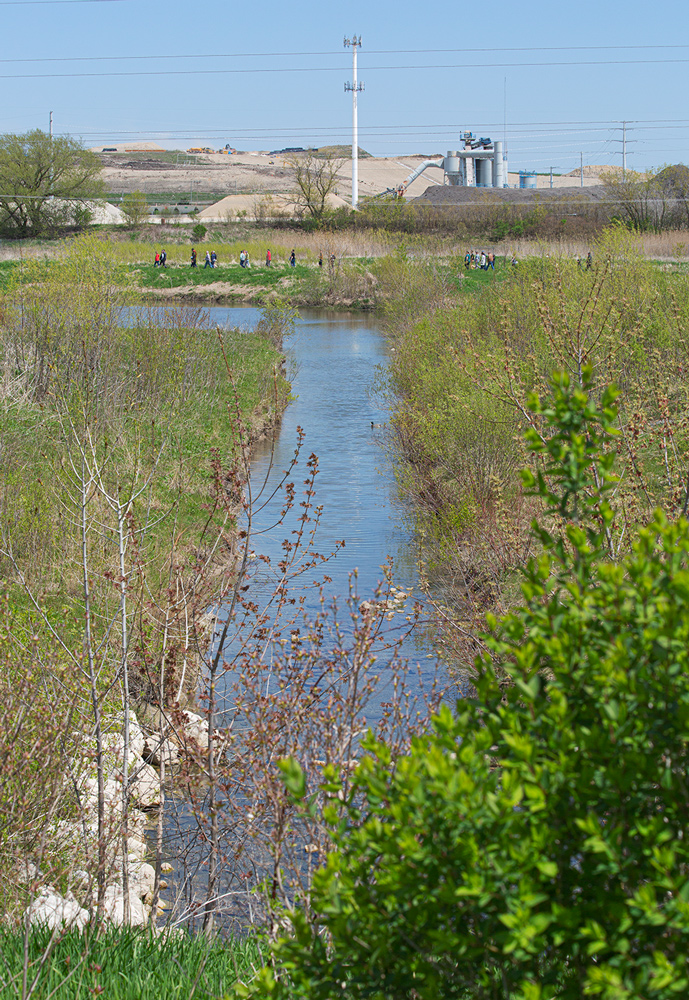
The next stop was Phase Four, where tour participants experienced the complexities of restoring a riparian corridor in a highly-urbanized area. The problems of polluted runoff and excess water volume from neighboring properties were explained. Challenges with working in and around existing stormwater infrastructure were detailed. For example, the team needed to negotiate where the stream would be re-meandered in relation to where utility lines were already in place. There were more ponds to see, more trails to walk and more inspirations to take back to attendees’ home watersheds.


At Phase Nine Dr. Ehlinger described the main elements of this phase of the project: A flood reduction measure known as a “two-stage ditch” and the re-meandering of the stream channel for fish habitat improvement. Proof that the two-stage ditch performed successfully, he explained, occurred when a 100-year rain event on July 2017 did not flood the bridge downstream at CTH KR. Notably, Northern Pike have returned to this stretch. Thompson covered the intricacies of planting and maintaining restored riparian buffers; the results are worth the effort required. A stirring waypoint along “the river of Pike.”
Petrifying Springs County Park
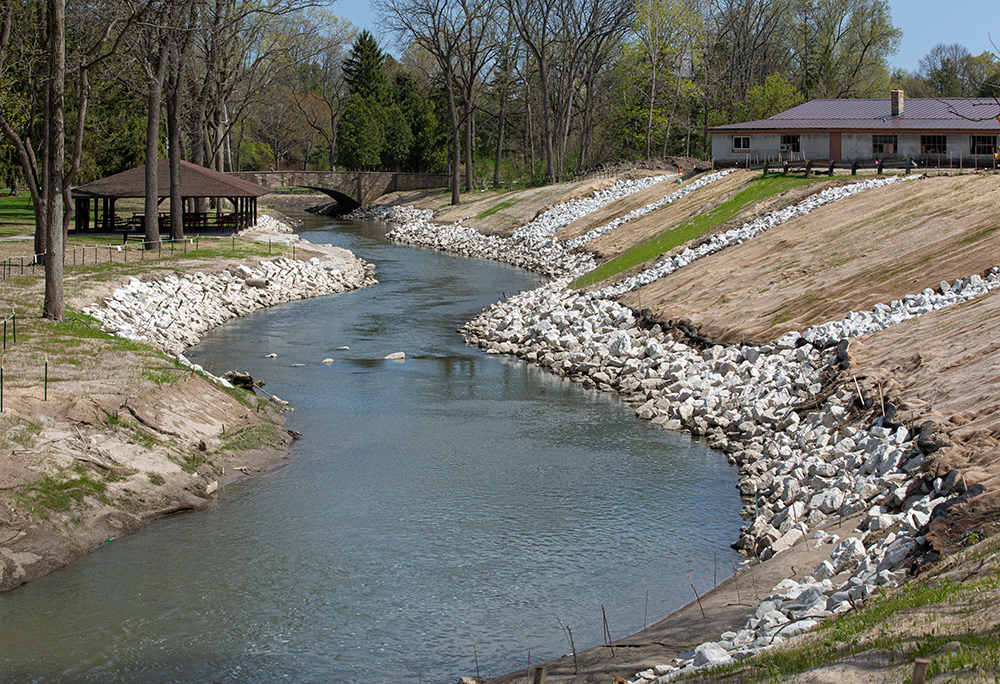
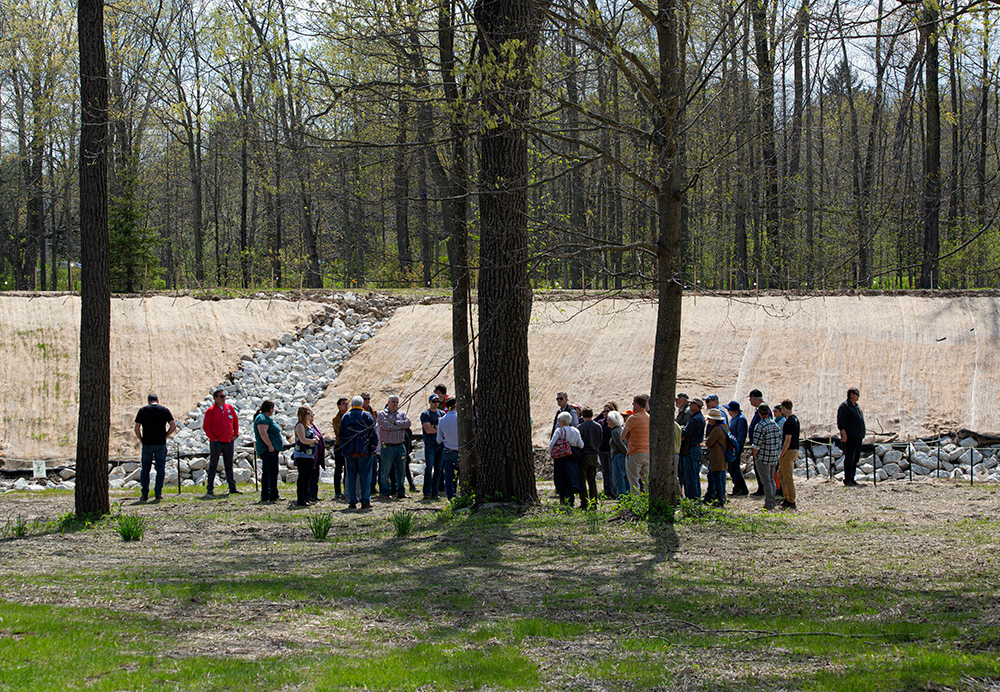
The final stop of the tour was at Petrifying Springs County Park where Matt Collins of Kenosha County Parks gave an overview of their wetland and riparian buffer project, and how it was inspired by the restoration work in Mount Pleasant. Tim O’Meara of Applied Ecological Services immersed the audience in the challenges teams face when restoring rivers within tightly confined spaces and during ever-changing weather conditions. The work is not easy, fast or cheap but pays dividends on many levels. From fisherman to flower lovers, the public loves the transformation that has occurred.
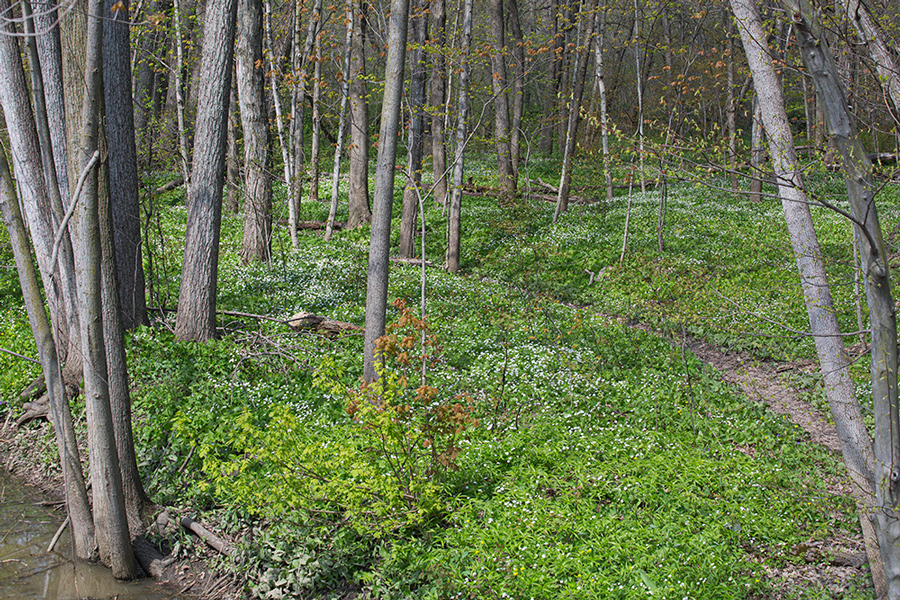
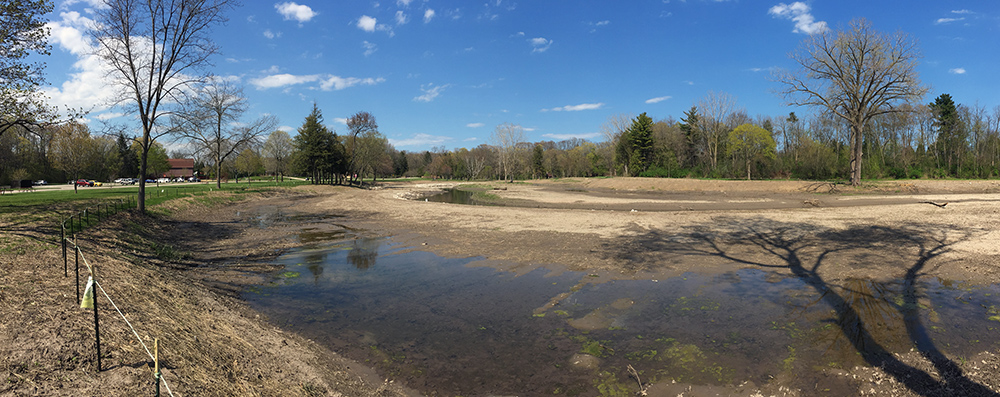
Inaccessible to the public before restoration, the 7.5-mile public trail system contained in the restored riparian corridors has become a destination for families, friends, fisherman, and many more recreational enthusiasts. Homeowners who once fought the efforts to recreate the corridor, now police it and cherish it as a community asset. It took a big vision from the Village of Mount Pleasant and deep pockets from the U.S. Army Corps of Engineers, Environmental Protection Agency, U.S. Fish and Wildlife and the Great Lakes Restoration Initiative to get this kind of endeavor done. Now, mountain bikers ride the paths, runners enjoy the views and birders relish the opportunity to see a wood duck and even an occasional bald eagle. It is a wonderful example of people working together in a non-partisan way, from public leaders to private stakeholders, to get things done. These things are good for our planet… and for our souls.
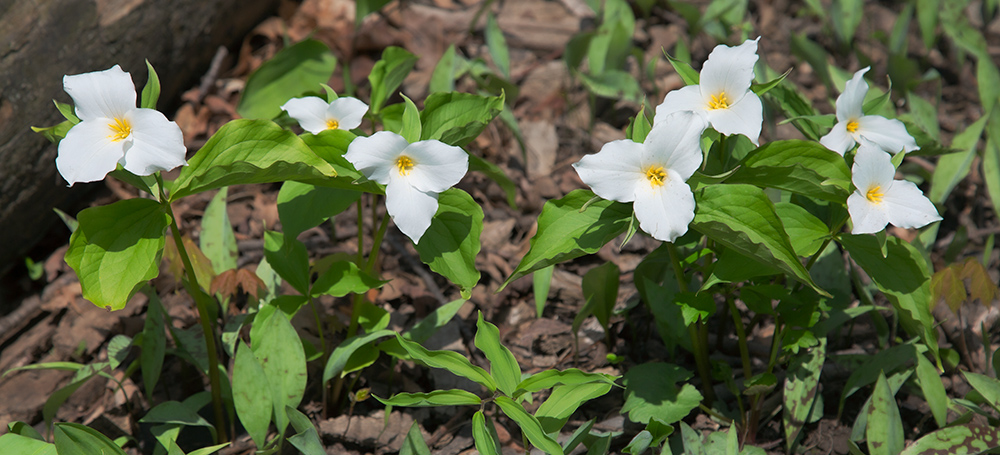
Our Pike River tour made it clear that the original inspiration from a few Mount Pleasant elected officials, with the help of many partners, has resulted in overlapping successes that were not originally imagined. Flood control work involves restoring native plants and topography; which also cleans and processes stormwater runoff; which improves water quality; which in turn allows for even more diverse terrestrial and aquatic plant and animal species. Now the restored river corridor has become a place where people want to be. Take some time to visit the North Branch of the Pike River down in Mount Pleasant. You’ll be inspired too.
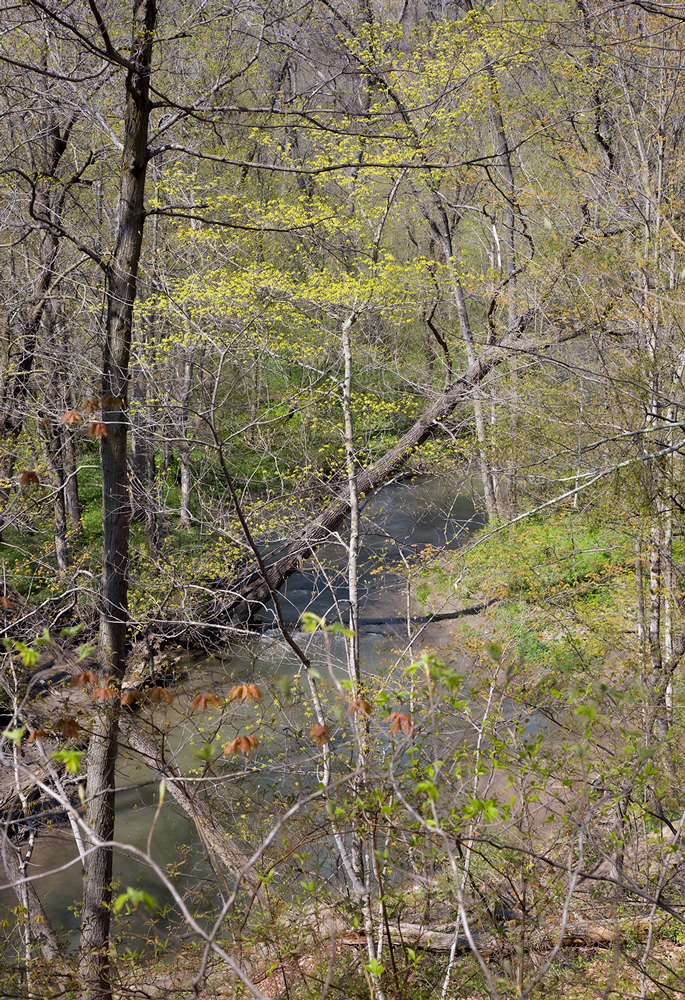
Dave Giordano is the Executive Director of the Root-Pike Watershed Initiative Network.
Eddee Daniel is a board member of Preserve Our Parks.

